
Aquatint is an intaglio printmaking technique, a variant of etching that produces areas of tone rather than lines. For this reason it has mostly been used in conjunction with etching, to give both lines and shaded tone. It has also been used historically to print in colour, both by printing with multiple plates in different colours, and by making monochrome prints that were then hand-coloured with watercolour.
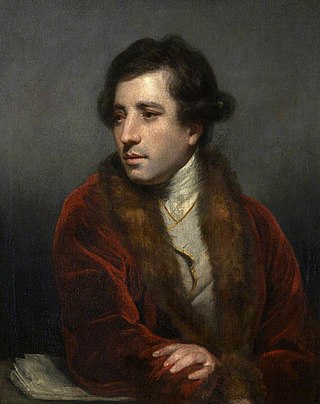
Francesco Bartolozzi was an Italian engraver, whose most productive period was spent in London. He is noted for popularizing the "crayon" method of engraving.

Matthew Prior was an English poet and diplomat. He is also known as a contributor to The Examiner.

Persuasion is the last novel completed by Jane Austen. It was published on December 20, 1817, along with Northanger Abbey, six months after her death, although the title page is dated 1818.

John Raphael Smith was a British painter and mezzotinter. He was the son of Thomas Smith of Derby, the landscape painter, and father of John Rubens Smith, a painter who emigrated to the United States.
Jane West, was an English novelist who published as Prudentia Homespun and Mrs. West. She also wrote conduct literature, poetry and educational tracts.
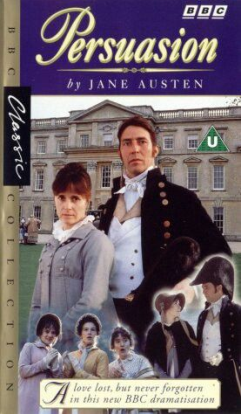
Persuasion is a BBC Screen Two 1995 period drama film directed by Roger Michell and based on Jane Austen's 1817 novel of the same name. In her theatrical film debut, Amanda Root stars as protagonist Anne Elliot, while Ciarán Hinds plays her romantic interest, Captain Frederick Wentworth. The film is set in 19th-century England, eight years after Anne was persuaded by others to reject Wentworth's proposal of marriage. Persuasion follows the two as they become reacquainted with each other while supporting characters threaten to interfere.

John Lovelace, 4th Baron Lovelace (1672—1709) was the Governor of both New York and New Jersey.

"The Nut-Brown Maid" is a ballad that made its first printed appearance in The Customs of London, also known as Arnold's Chronicle, published in 1502 by the chronicler Richard Arnold. The editor of the 1811 edition of the chronicle suggested it might be based on a German ballad. An alternative explanation is that the poem may be based on the exploits of Henry Clifford (1454-1523), the tenth Baron Clifford, and his wife Anne St John. Like the knight in the ballad, Clifford was said to have spent part of his early life as an outlaw.
Nationality words link to articles with information on the nation's poetry or literature.
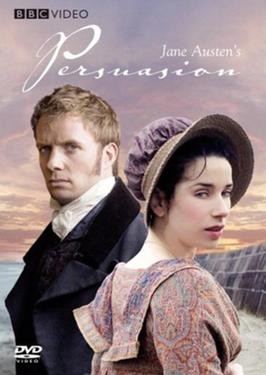
Persuasion is a 2007 British television film adaptation of Jane Austen's 1817 novel Persuasion. It was directed by Adrian Shergold, and the screenplay was written by Simon Burke. Sally Hawkins stars as the protagonist Anne Elliot, while Rupert Penry-Jones plays Captain Frederick Wentworth. Eight years prior to the film's beginning, Anne was persuaded to reject Wentworth's proposal of marriage. Now 27 and unmarried, Anne re-encounters Wentworth, who has made his fortune in the Napoleonic Wars and is looking for a wife—anyone but Anne, whom he has not forgiven for rejecting him all those years ago.
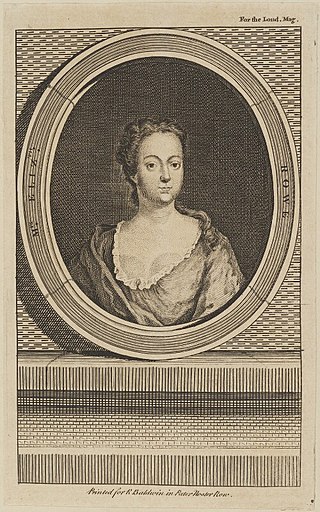
Elizabeth Singer Rowe was an English poet, essayist and fiction writer called "the ornament of her sex and age" and the "Heavenly Singer". She was among 18th-century England's most widely read authors. She wrote mainly religious poetry, but her best-known work, Friendship in Death (1728), is a series of imaginary letters from the dead to the living. Despite a posthumous reputation as a pious, bereaved recluse, Rowe corresponded widely and was involved in local concerns at Frome in her native Somerset. She remained popular into the 19th century on both sides of the Atlantic and in translation. Though little read today, scholars have called her stylistically and thematically radical for her time.

Anne Elliot is the protagonist of Jane Austen's sixth and last completed novel, Persuasion (1817).
Francis Jukes (1745–1812) was a prolific engraver and publisher, chiefly known for his topographical and shipping prints, the majority in aquatint. He worked alongside the great illustrators of the late eighteenth century. He contributed numerous plates to various publications of rural scenes. His early prints were published in collaboration with Valentine Green, and later worked in collaboration with the engraver and publisher Robert Pollard.
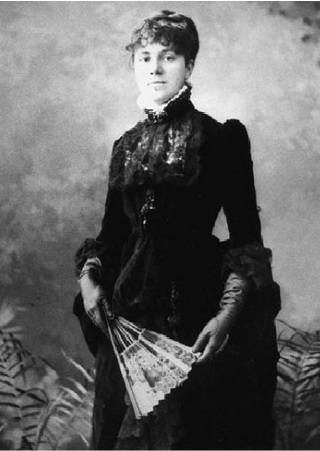
Emily Sartain was an American painter and engraver. She was the first woman in Europe and the United States to practice the art of mezzotint engraving, and the only woman to win a gold medal at the 1876 World Fair in Philadelphia. Sartain became a nationally recognized art educator and was the director of the Philadelphia School of Design for Women from 1866 to 1920. Her father, John Sartain, and three of her brothers, William, Henry and Samuel were artists. Before she entered the Pennsylvania Academy of the Fine Arts and studied abroad, her father took her on a Grand Tour of Europe. She helped found the New Century Club for working and professional women, and the professional women's art clubs, The Plastic Club and The Three Arts Club.
Hildebrand Jacob was a British poet and playwright, whose major works include the epic poem Brutus the Trojan and the tragic verse drama The Fatal Constancy. His collected works were published in 1735.

Jacques Fabien Gautier d'Agoty (1716–1785) was a French anatomist, painter and printmaker.
Alfred Charles Whitman was a British print historian and museum curator, known for his books on the works of Valentine Green, Samuel William Reynolds, Samuel Cousins, and Charles Turner.
Lady Eliza Dorothea Tuite was an Irish author and poet. She was a member of the Anglo-Irish gentry, the distinguished Cobbe family.

George Monck Berkeley (1763–1793) was an English playwright and author, now remembered as a biographer of Jonathan Swift. He is usually called Monck Berkeley.














